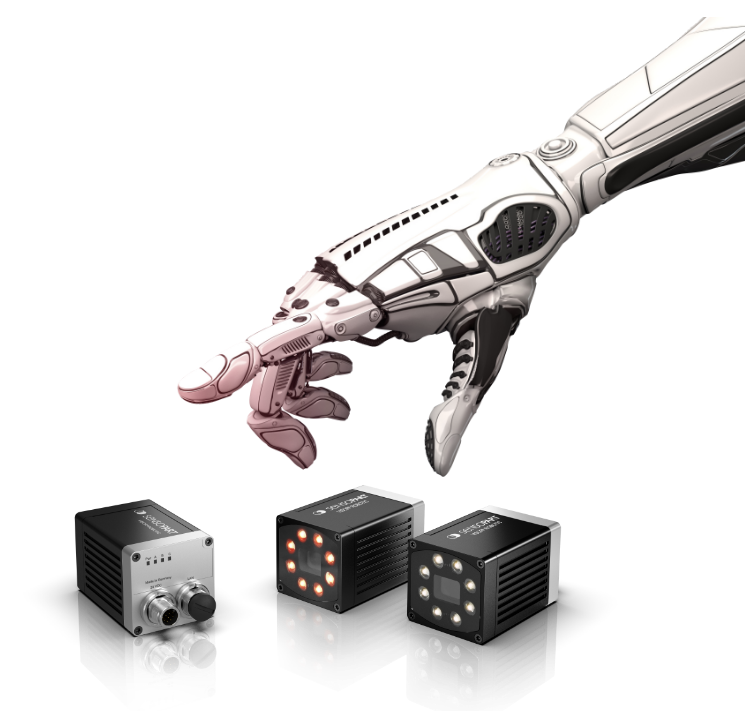Explore the benefits of VISOR® Robotic in more detail
Our skilled sensor experts understand your challenges and provide tailor-made solutions.
With their in-depth knowledge and experience, they will empower you to take your
production to new heights

Vision-guided robotic sensors play a crucial role in modern robotics. They allow robots to recognise defined objects or scenes in their environment. So they can respond and carry out actions.
A vision sensor captures visual information from the robot’s environment and evaluates it. For instance, it might detect particular objects or determine their position. The sensor then translates this information into commands and signals the robot can process. In this way, the robot can adapt its actions to the environment and perform precise tasks.
Traditional robotic systems often work with fixed coordinates and predefined movements. However, this approach has its limitations when it comes to complex or variable tasks. In such scenarios, traditional robots reach their limits as they have difficulty adapting to new environments
or requirements.
To process images, cameras use algorithms and techniques such as edge and contour detection, feature extraction and pattern recognition. Object recognition is a key component here, helping robots to identify, track and manipulate specific objects in their environment.
The interaction of cameras and robots is essential for robots to work efficiently with
their environment.

Our skilled sensor experts understand your challenges and provide tailor-made solutions.
With their in-depth knowledge and experience, they will empower you to take your
production to new heights